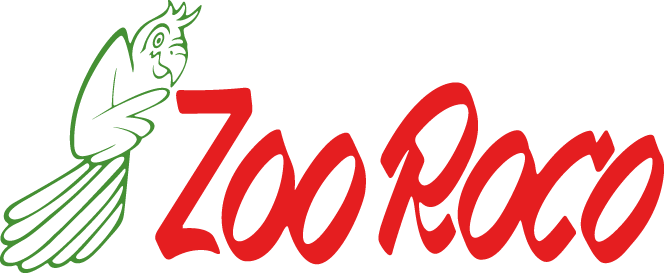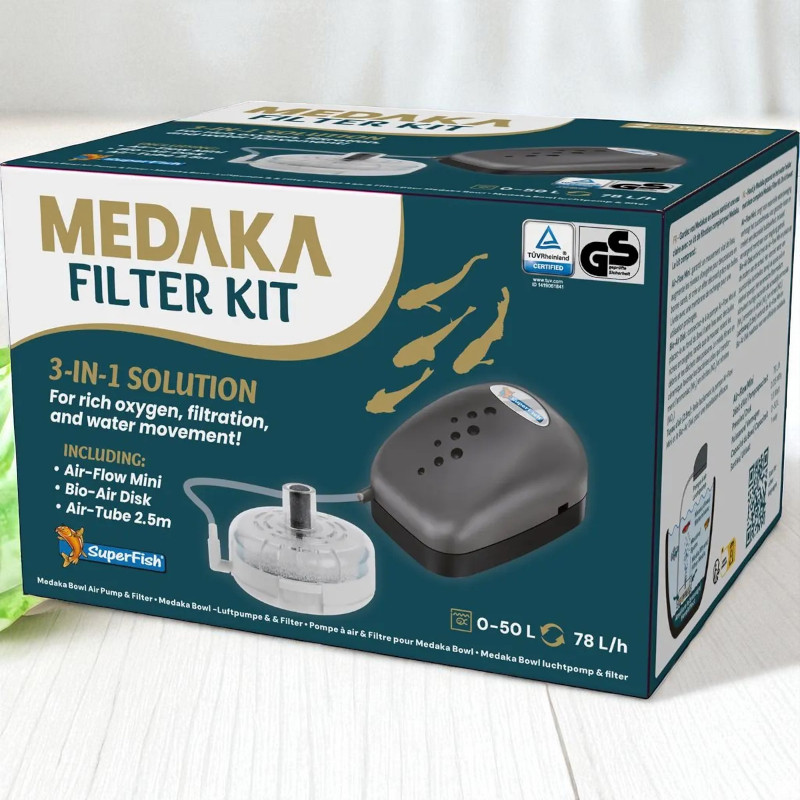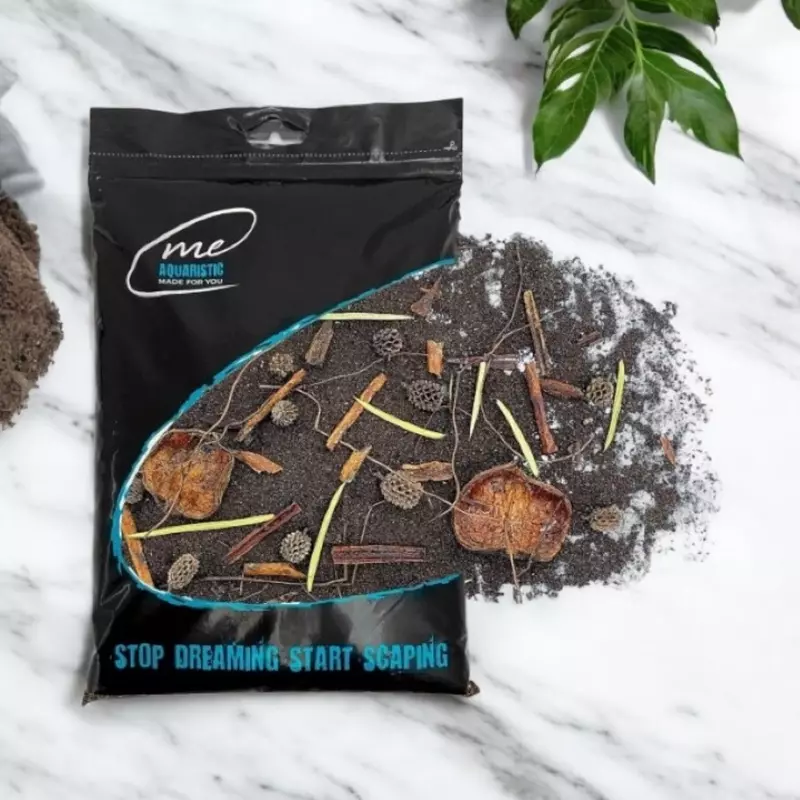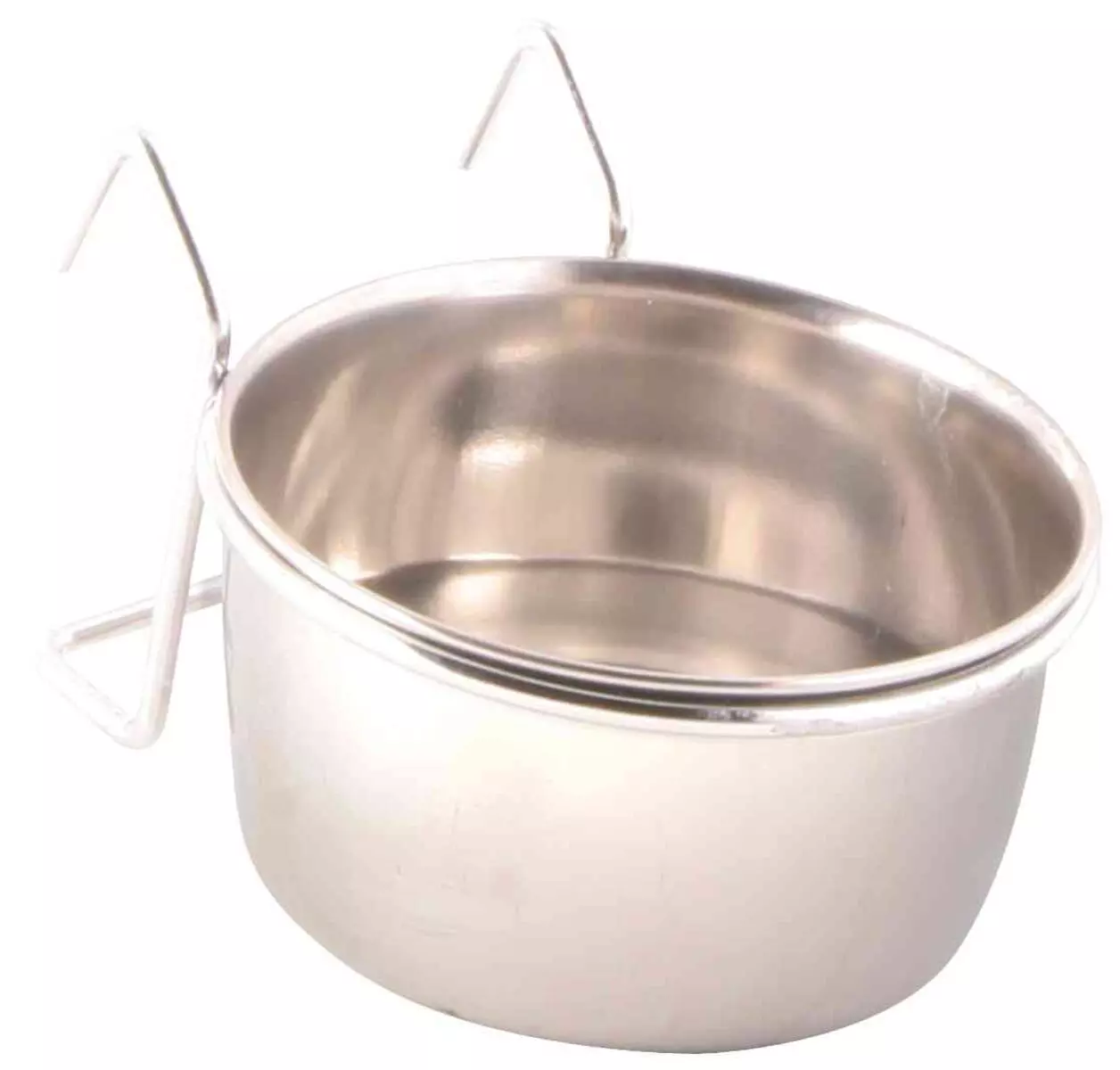







CHF 11.90
Stock: 0
Available in 1-3 days, acquisition time 14 days

Riccia fluitans - Teichlebermoos Portion
| max. Wuchshöhe | - 5 cm | Herkunftsland | Tropischer Kosmopolit |
|---|---|---|---|
| Eignung | NanoCube,Gesellschaftsaquarium, Aquascaping | Typ | frei treibende Unterwasserpflanze / Schwimmpflanze |
| Familie | Ricciaceae | Gattung | Riccia |
| Vermehrung | Teilung | Wuchsgeschwindigkeit | schnell |
| pH | 5 - 8 | Wasserhärte | 0 - 20 °dh |
| Hinweise | |||
Das Teichlebermoos Riccia ist weltweit verbreitet und besiedelt schwimmend Wasseroberflächen oder feuchte Böden. Erst Takashi Amano hat dieses schwimmende Moos für die Aquaristik bekannt gemacht. In viele seiner Gestaltungen ist Riccia als Vordergrundpflanze zu bestaunen. Kultur und Pflege sind sehr einfach: die Moospolster werden auf Steine oder Wurzeln aufgebunden und können dort schön aufwachsen. Der kompakte Wuchs bleibt erhalten, wenn man die hellgrünen Polster von Zeit zu Zeit mit einer Schere trimmt. CO2-Gaben fördern das Wachstum erheblich.
Wasserpflanzen In-Vitro
In Vitro - Pflanzen werden im Labor unter sterilen Bedingungen kultiviert. Sie werden in einer 7cm großen, geschlossenen Dose ausgeliefert. Die kleinen Pflänzchen sind absolut Algen und Schneckenfrei und können direkt eingepflanzt werden. Ideal ist diese Produktgruppe für kleinere Aquarien und Nano Cubes sowie für das moderne Aquascaping. Wie anspruchsvoll die jeweilige Pflanze ist, lässt sich ganz leicht an der oberen rechten Ecke der Verpackung erkennen. Vor dem Einsetzen muss lediglich das Nährmedium abgespült und die Pflanze portioniert werden
| Aquarium: | Community aquarium, Landscape/Aquascaping, Nano Aquarium |
|---|---|
| Feature: | Floating plants, In-Vitro |
| Genus: | Moose divers |
| Growth: | fast |
| Origin: | Worldwide |
| Properties: | Floating plants, In-Vitro |
| Stand: | In the foreground |
1 of 1 reviews
5 out of 5 stars
Login
30 November 2018 14:36
Top
Top
Customers also bought
Similar products
Customers also viewed














